Nier: Automata is a 2017 action role-playing game developed by PlatinumGames and published by Square Enix. It is a sequel to Nier, itself a spin-off of and sequel to the Drakengard series. After the launch, some players have reported facing compatibility issues when launching the game, with unexpected crashes occurring on startup. This issue has caused frustration for players hoping to dive into the game and experience its many features. Nonetheless, the developers are working on addressing this issue, ensuring a smoother and more enjoyable experience for all players upon release.
Page Contents
- Why are NieR Automata Crashing?
- Fix: NieR Automata Keeps Crashing on Startup on a PC
- 1. Check System Requirements
- 2. Run the game as an admin
- 3. Disable fullscreen optimizations
- 4. Update GPU Driver
- 5. Update Windows
- 6. Force Use the Dedicated GPU
- 7. Close Unnecessary Background Tasks
- 8. Repair Game Files
- 9. Update NieR Automata
- 10. Turn Off Third-Party Overlay Apps
- 11. Turn Off Windows Firewall and Antivirus Software
- 12. Adjust Power Management Options
- 13. Reinstall Microsoft Visual C++ Runtime
- 14. Perform a Clean Boot
- 15. Restore Default to Overclocked CPU or GPU
Why are NieR Automata Crashing?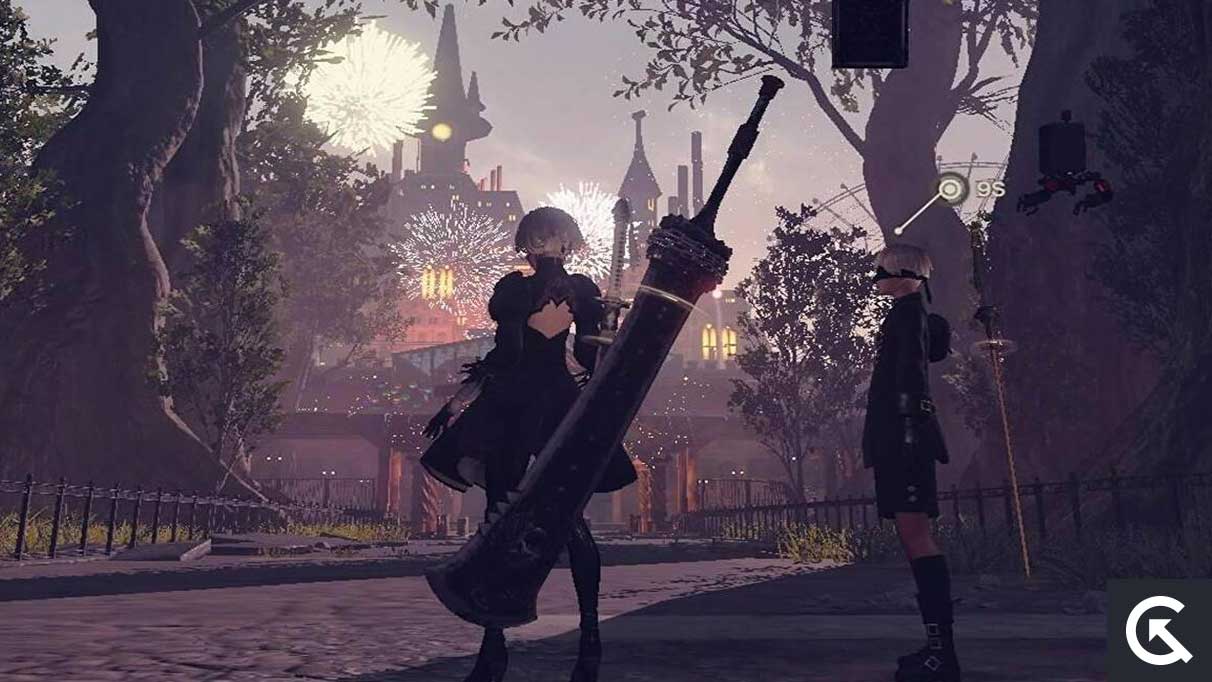
You may be experiencing the startup crashing issue with NieR Automata due to temporary glitches, game file problems, or even computer issues. Many PC gamers encounter issues with game files or software/hardware, which can trigger crashing at any time.
Thankfully, there are steps you can take to troubleshoot and fix the problem. Before jumping to any conclusions, it’s important to check for possible reasons why the game is crashing. Many players have found success by performing the following troubleshooting methods:
- Checking compatibility issues with the PC’s specifications
- Updating to the latest game version
- Updating the game launcher
- Updating graphics drivers
- Checking DirectX version issues
- Closing unnecessary background running tasks
- Checking if antivirus or firewall software is blocking the game
- Checking for startup app issues
- Checking for Microsoft Visual C++ Redistributables issues
- Checking if an overclocked CPU/GPU is causing the issue
- Checking for overlay apps issues.
By taking these steps, you may be able to resolve the startup crashing issue and get back to playing NieR Automata without any problems. Don’t let this issue stop you from enjoying this thrilling game.
Fix: NieR Automata Keeps Crashing on Startup on a PC
As you know the possible reasons, it’s time to jump into the troubleshooting methods below and follow them until the problem gets fixed. Sometimes PC gamers don’t follow a few methods, thinking these workarounds won’t help. But the fact is that even a basic method can help you a lot which may not come in handy to others. So, don’t skip any method until you’re done. Now, without further ado, let’s get into it.
1. Check System Requirements
First, you should ensure that your PC specification is properly compatible with the game’s system requirements because any incompatibility can lead to startup crashes or the game’s not launching issues. We’ve provided the requirements for you that might be useful for you. If, in case, your PC build isn’t fully compatible, then make sure to upgrade the specific software/hardware to make it fully compatible.
Minimum Requirements:
- OS: Windows 7 /8.1 /10 64bit
- Processor: Intel Core i3 2100 or AMD A8-6500
- Memory: 4 GB RAM
- Graphics: NVIDIA GeForce GTX 770 VRAM 2GB or AMD Radeon R9 270X VRAM 2GB
- DirectX: Version 11
- Network: Broadband Internet connection
- Storage: 50 GB available space
- Sound Card: DirectX® 11 supported
Recommended Requirements:
- OS: Windows 8.1 /10 64bit
- Processor: Intel Core i5 4670 or AMD A10-7850K
- Memory: 8 GB RAM
- Graphics: NVIDIA GeForce GTX 980 VRAM 4GB or AMD Radeon R9 380X VRAM 4GB
- DirectX: Version 11
- Network: Broadband Internet connection
- Storage: 50 GB available space
- Sound Card: DirectX® 11 supported
2. Run the game as an admin
Run the game app file on your PC as administrator access to allow the User Account Control (UAC) access to the system. Sometimes, your system requires UAC access permission to run a quite important program. By following the steps below, you’ll have to allow the admin access for once, and it won’t ask you for the same again. To do so:
- Go to the installed NieR Automata game directory.
- Right-click on the application file on your PC.
- Click on Properties > Click on the Compatibility tab.
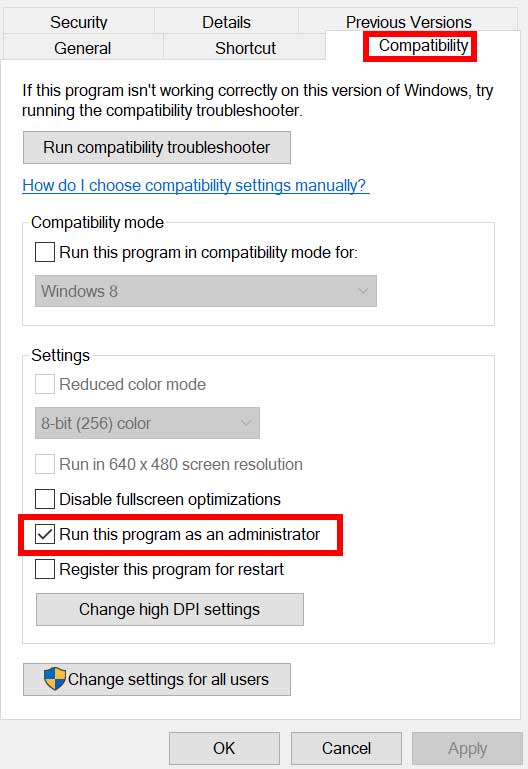
- Click on the Run this program as an administrator checkbox to enable it.
- Once done, click on Apply and then OK to save changes.
- Finally, double-click on the game app file to launch it.
If in case, you’re running the game via Steam, perform the same steps for the Steam application too.
3. Disable fullscreen optimizations
Sometimes turning off the fullscreen optimizations by the Windows system for your specific game application file should fix the compatibility issues for some PCs. Though it comes disabled by default, you should cross-check it to ensure that the fullscreen optimization isn’t enabled. To do this:
- Open the Steam client > Click on Library.
- Right-click on NieR Automata > Click on Manage.
- Click on Browse local files > Head over to NieR Automata installed folder.
- Right-click on NieR Automata.exe > Click on Properties.
- Go to the Compatibility tab > Ensure to click on Disable fullscreen optimizations to checkmark it.
- Once done, click on Apply and then OK to save changes.
4. Update GPU Driver
Another thing you should do is update the graphics driver version on your PC by following the steps below. If there is an update available, make sure to install the same. An outdated GPU driver can cause issues with the program launching, such as in games or even during gameplay sessions. Not only does your game look pathetic, but your PC won’t be able to run its full potential due to graphics conflict. To do that:
- Press the Win+X keys to open the Quick Access Menu.
- Click on Device Manager from the list.
- Double-click on Display adapters to expand it.
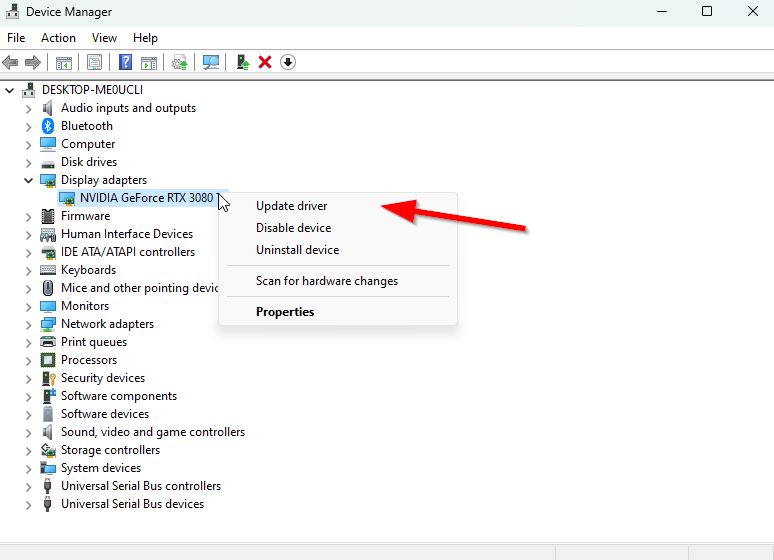
- Right-click on the dedicated graphics card that’s active or you’re using.
- Now, click on Update driver > Click on Search automatically for drivers.
- It’ll automatically check for the available update, then download and install the latest version.
- Just wait for the same and reboot the PC to apply changes.
If there is no update available for your GPU, you can go to the official graphics card website from the links below and search for the model of your graphics manually. Make sure to download and install the latest GPU driver for your model number as per the manufacturer.
5. Update Windows
If you’ve been running an outdated Windows version or build number for a while, then follow the steps below to check for the same. Always try to install the latest system update so you can get the latest security patch, improved performance, bug fixes, additional features, and more.
- Press the Windows + I keys to open Settings.
- Click on Windows Update and click on Check for updates.
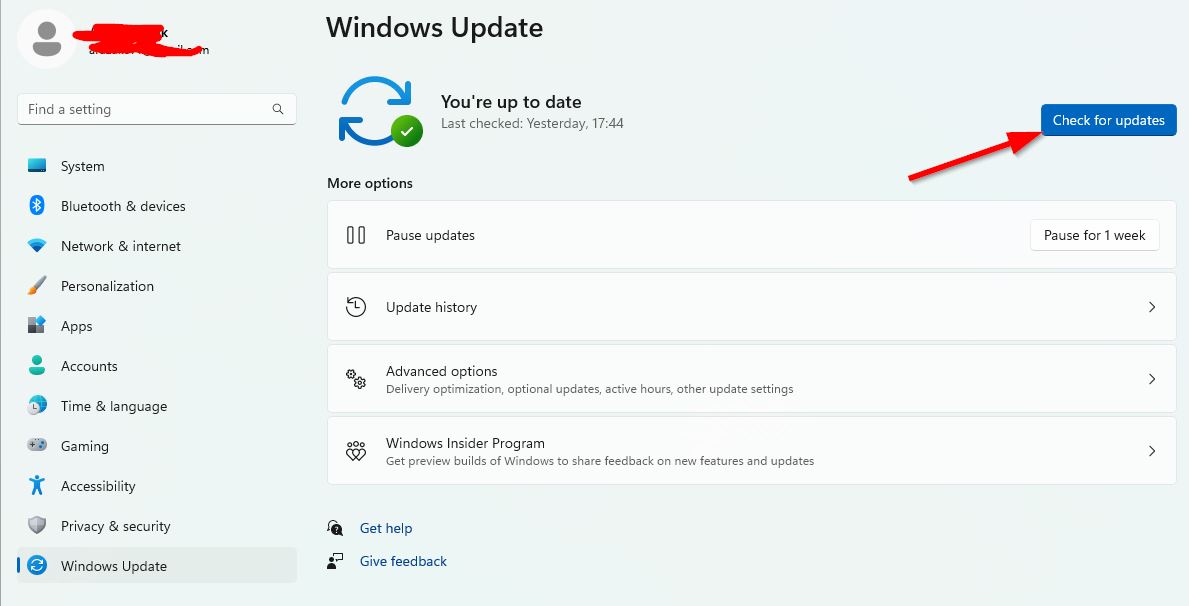
- If there is an update available, click on Download and Install.
- Wait for the update process to be completed.
- Once done, reboot your PC to apply changes.
You should also check for the optional updates by following the steps below because sometimes a couple of driver updates or security patch updates might appear here that can help you fix several bugs or issues.
- Press the Windows + I keys to open Settings.
- Click on Windows Update > Click on Advanced Options.
- Scroll down to locate Additional options.
- Click on Optional updates > If an update is available, you can select the update.
- Now, click Download & install, then wait some time to complete it.
- Finally, reboot the system manually.
6. Force Use the Dedicated GPU
It’s highly suggested to always use the dedicated (external) graphics card on your desktop for heavy games and applications so that you can get higher graphics performance all the time. To do that:
For Nvidia GPU:
- Right-click on the blank desktop screen > Open Nvidia Control Panel.
- Go to 3D Settings > Click on Manage 3D Settings.
- Open Program Settings > Select NieR Automata from the list.
- Select preferred graphics processor for this program from the list.
- Once done, you can see it as High-Performance Nvidia Processor.
- Make sure to save changes and reboot the PC.
For AMD GPU:
- Right-click on the blank desktop screen > Open Radeon Settings.
- Head over to Additional Settings > Go to Preferences.
- Click on Power > Click on Switchable Graphics Application Settings.
- Select NieR Automata from the list. [If the game is not visible, select Add Application to include the game]
- Once done, select High Performance from Graphics Settings.
- Finally, reboot the PC to apply changes.
7. Close Unnecessary Background Tasks
It’s recommended to close all the unnecessary background running tasks on your system by following the steps below because the more system resources will be used the higher your system performance will drop. You may not notice it drastically when you face in-game lags, framerate drops, stutters, etc. But this method should be useful for you in many ways.
- Press the Ctrl + Shift + Esc keys to open Task Manager.
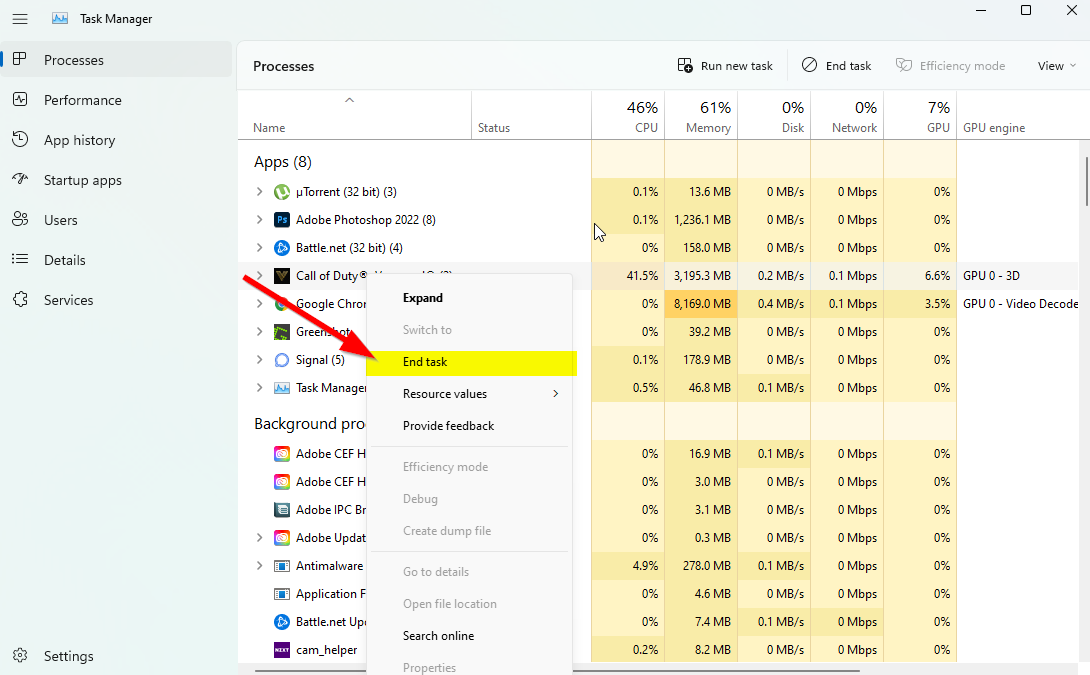
- Click on Processes and check which task is consuming higher resources.
- Click on the particular process and select End Task to close it forcefully.
- Make sure to do the same steps for each third-party app process consuming higher resources.
- Once done, close Task Manager and restart your PC.
8. Repair Game Files
It’s needless to say that issues with corrupted or missing game files on the PC might sometimes encounter game launching crashes without any proper error message. If in case, your game starts to load for a few seconds and then closes automatically or doesn’t launch at all, then it’s better to verify and repair the installed game files on the PC by following the steps below:
For Steam:
- Launch the Steam client > Click on Library.
- Right-click on NieR Automata from the list.
- Click on Properties > Go to Local Files.
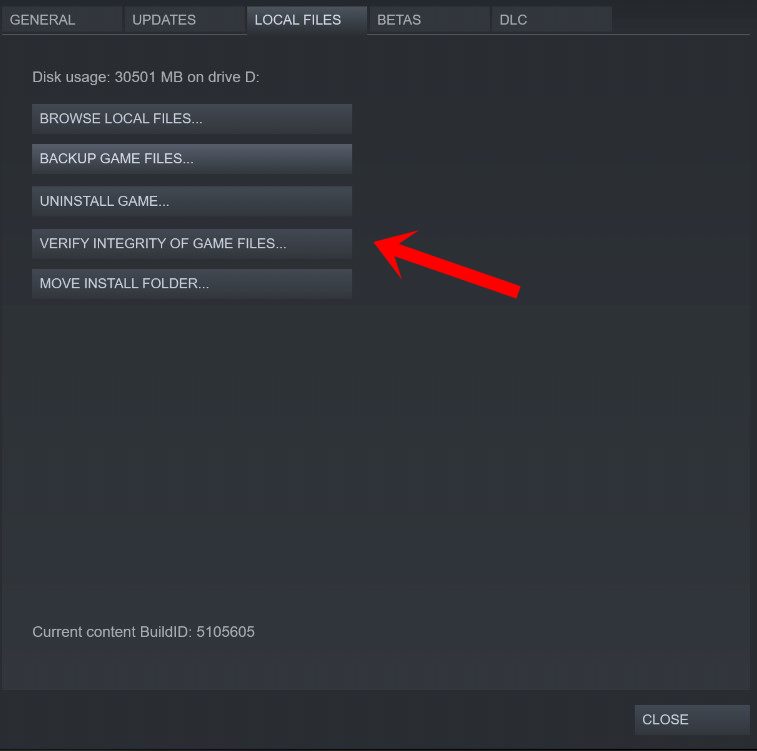
- Click on Verify Integrity of Game Files.
- This process may take some time to get completed. So, have some patience.
- Once done, make sure to reboot the PC to apply changes.
9. Update NieR Automata
We should also recommend you manually check for the game update at your end via the Steam client to ensure there is no outdated game version conflicting with the game launching. An outdated game patch version can trigger several potential issues that might trigger crashes. To do this:
- Open Steam and go to Library.
- Click on NieR Automata from the left pane.
- Steam will automatically search for the available update.
- If there is an update available, click on Update.
- Make sure to wait for some time until the update completes.
- Once done, ensure to reboot the PC to apply changes.
10. Turn Off Third-Party Overlay Apps
Mostly conflicts with the background running third-party overlay apps can trigger several issues with the game launching because they consume a lot of system resources just like the processes whenever you start the game. Even though the game doesn’t launch, the overlay app starts and runs until you close it manually. Whereas some overlay apps may also start running while you boot the system at the very beginning. So, try disabling overlay apps manually.
Disable Discord Overlay:
- Open the Discord app > Click on the gear icon (Settings) at the bottom.
- Select Overlay under App Settings > Turn on the Enable in-game overlay.
- Click on Games > Select NieR Automata.
- Make sure to turn off the Enable in-game overlay toggle.
- Once done, reboot your PC to apply changes.
Disable Xbox Game Bar:
- Press the Windows + I keys to open Settings.
- Now, click on Gaming > Go to Game Bar.
- Turn Off the Record game clips, screenshots, and broadcast using the Game bar option.
- Once done, save changes, and reboot the PC to apply changes.
Disable Nvidia GeForce Experience Overlay:
- Launch the Nvidia GeForce Experience app > Go to Settings.
- Click on General > Disable the In-Game Overlay option.
- Once done, restart the PC to apply changes.
Disable Steam Overlay:
- Open the Steam client > Click on Library.
- Right-click on NieR Automata > Click on Properties.
- Click on General > Turn OFF the Enable the Steam Overlay while in-game option.
- Once done, reboot the PC to change the effects.
Some PC gamers or advanced users do also use some other overlay apps such as MSI Afterburner, Rivatuner, RGB software, etc. If you’re also using any other mouse or keyboard software or any RGB tool which isn’t necessary that much during gaming then it’s better to turn them off.
11. Turn Off Windows Firewall and Antivirus Software
The chances are high that you’re using the default Windows Firewall protection on your PC but sometimes disabling it temporarily before launching any game might reduce startup crashing issues a lot. To do this:
- Click on the Start Menu > Type Windows Defender Firewall and open it.
- Next, click on Turn Windows Defender Firewall on or off from the left pane.
- Select the Turn off Windows Defender Firewall (not recommended) option for all domains.
- Once done, click on OK to save changes > Reboot your PC to apply changes.
Additionally, make sure to turn off the Windows Defender antivirus program on your PC to ensure there is no antivirus software blocking the game files. To do so:
- Press the Windows + I keys to open Settings.
- Click on Update & Security > Click on Windows Security.
- Click on Open Windows Security > Go to Virus & threat protection.
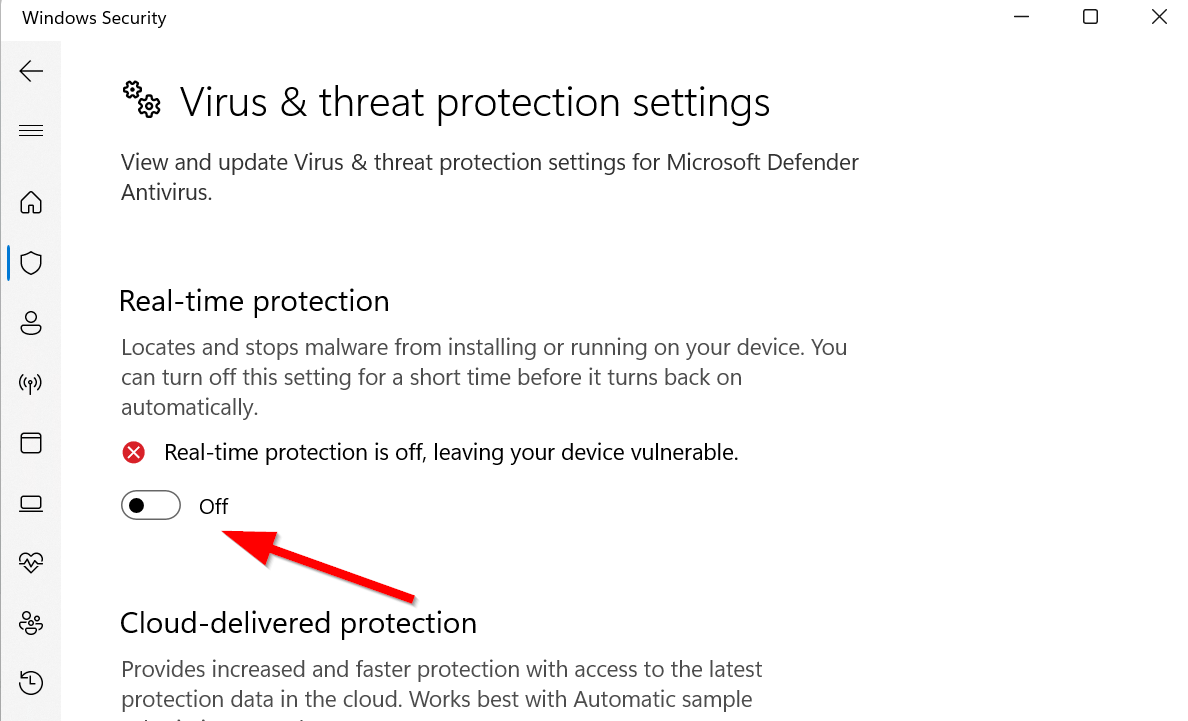
- Now, click on Manage settings > Just turn off the Real-time protection toggle.
- If prompted, click on Yes to proceed further.
Note: If you’re using any other third-party antivirus program on your PC, turn it off from its settings menu.
12. Adjust Power Management Options
It’s better to set the high-performance power option on your computer before playing games to get the system’s full potential because Windows prefers to run in the default balanced power mode to save power and offer medium performance for your daily task. But the heavy games or applications do require high-performance mode, which will consume extra power but offers stunning performance. To do that:
- Click on the Start Menu > Type control panel and open it.
- Click on Hardware and Sound > Select Power Options.
- Select High Performance and you’re done.
- Finally, reboot the PC to apply changes.
13. Reinstall Microsoft Visual C++ Runtime
If your Windows system doesn’t have Microsoft Visual C++ Redistributables installed or installed, reinstall it manually by following the steps below.
- Open the Start Menu > Type apps & features and open it.
- Click individually on the Microsoft Visual C++ program(s) from the list.
- Click on Uninstall and follow the on-screen instructions.
- Once all Visual C++ programs are uninstalled, reboot the PC.
- Go to the official Microsoft website and download the latest Microsoft Visual C++ Runtime.
- Install it on your computer and restart the system to change the effects.
14. Perform a Clean Boot
Multiple users claimed that performing a clean boot on the PC fixed the system boot-up issue because some apps or tasks start initially. These tasks run all the time and consume a lot of system resources. You should follow the steps below to do so:
- Press the Windows + R keys to open the Run dialog box.
- Type msconfig and hit Enter to open System Configuration.
- Go to Services > Click on Hide all Microsoft services to enable it.
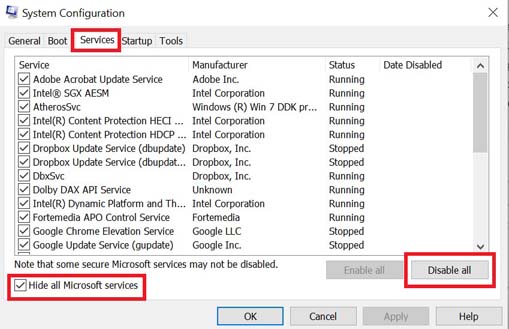
- Now, click on Disable all so that rest of the services gets turned off.
- Click on Apply and then OK to save changes.
- Next, go to Startup > Click on Open Task Manager.
- Click on the Startup tab > Ensure to select the specific task with a higher startup impact.
- Now, click on Disable to turn it off.
Note: Do the same steps for each program with a higher startup impact except for the audio or graphics service.
- Finally, make sure to restart your computer to apply changes.
15. Restore Default to Overclocked CPU or GPU
Sometimes overclocked CPU or GPU on the PC might cause conflicts with the other hardware, which may trigger a bottleneck issue. It’s better to temporarily disable or restore the overclocked CPU/GPU to the factory default so that you can check out the potential reason behind the crashing issue. Multiple tools are available online to adjust overclocked CPU or GPU on the PC, such as MSI Afterburner, Riva Tuner, AMD Ryzen Master, EVGA Precision X, etc.
That’s it, guys. We assume this guide was helpful to you. For further queries, you can comment below.
